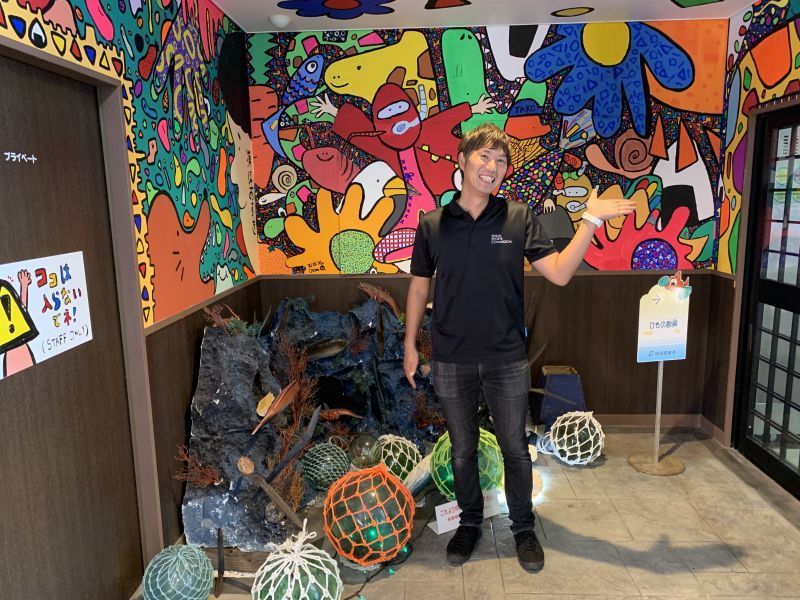Melons, Fishing and Sushi!
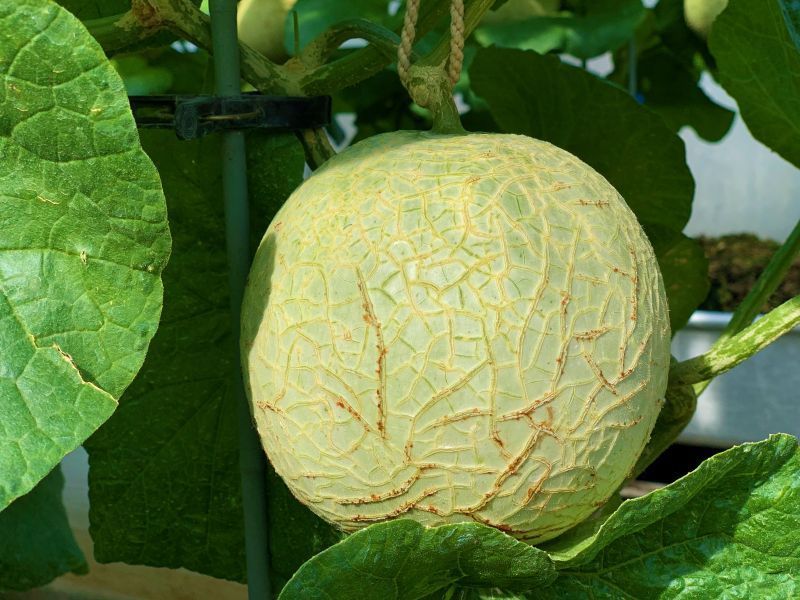
Taste the bounties of Shima, Mie Prefecture and enjoy exciting, hands-on activities as you prepare traditional food and learn about the local culture.
Written by Dan Lewis
-Author's Introduction
Originally from the state of Alaska in the USA, Dan Lewis is a long-term resident of Japan. He has lived in Mie, Ishikawa and Gifu Prefecctures, and currently resides in Nagoya, the capitol city of Aichi Prefecture. Dan is an avid fan of technology and nature - two areas that Japan is blessed with! He loves taking "the road less traveled" and discovering new places.
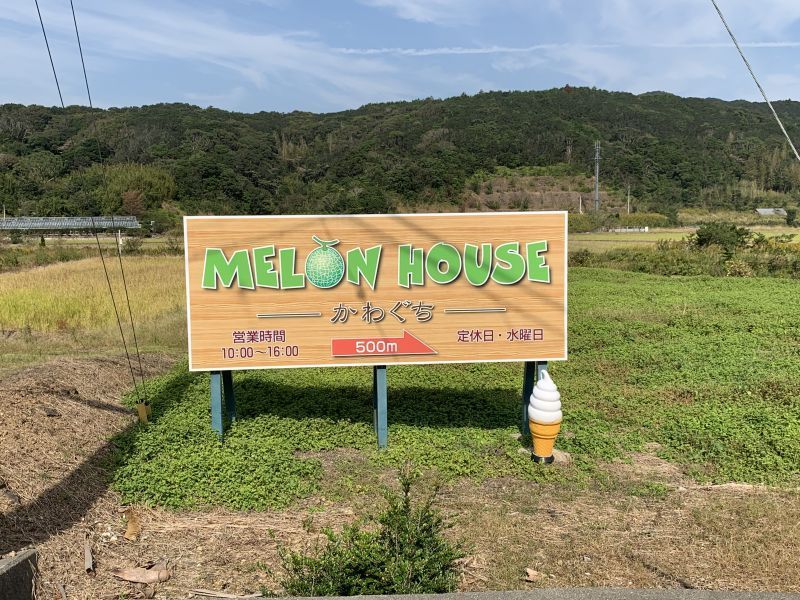
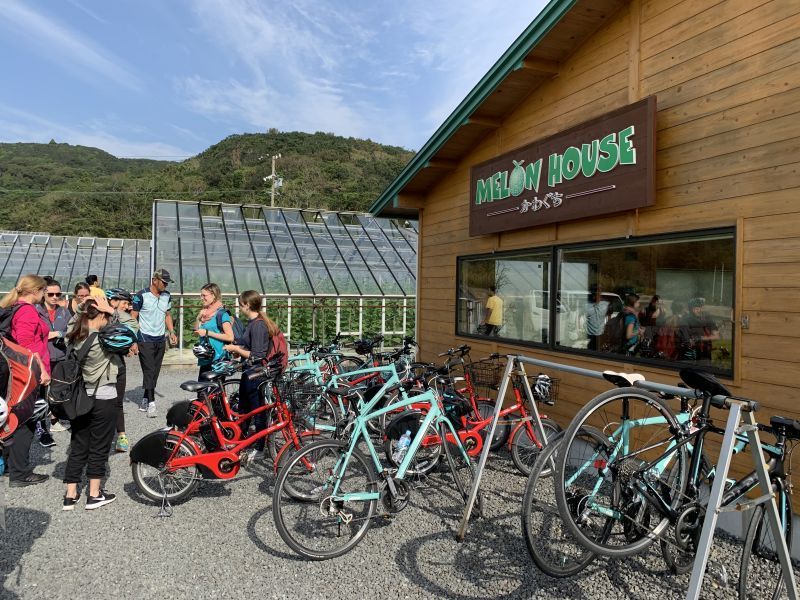
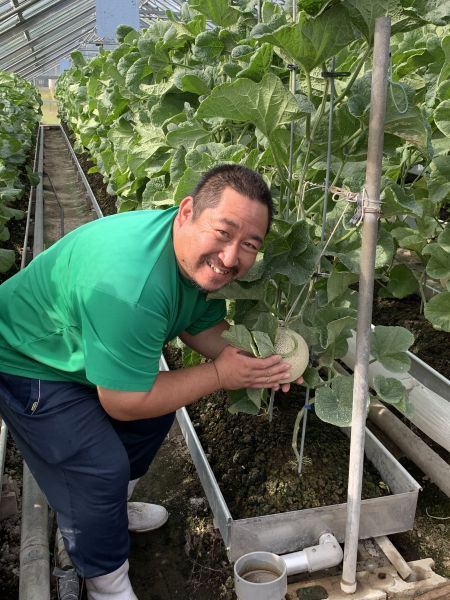
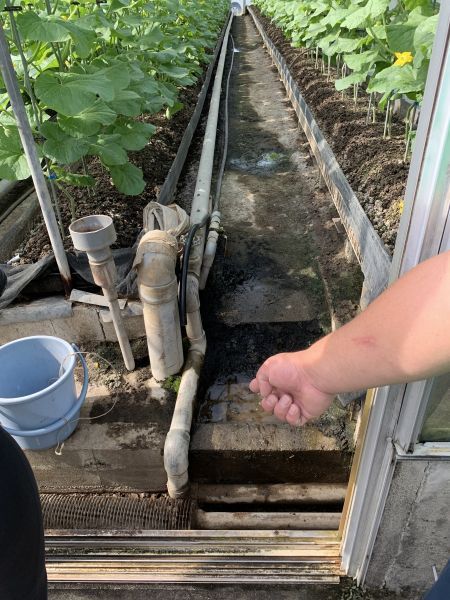
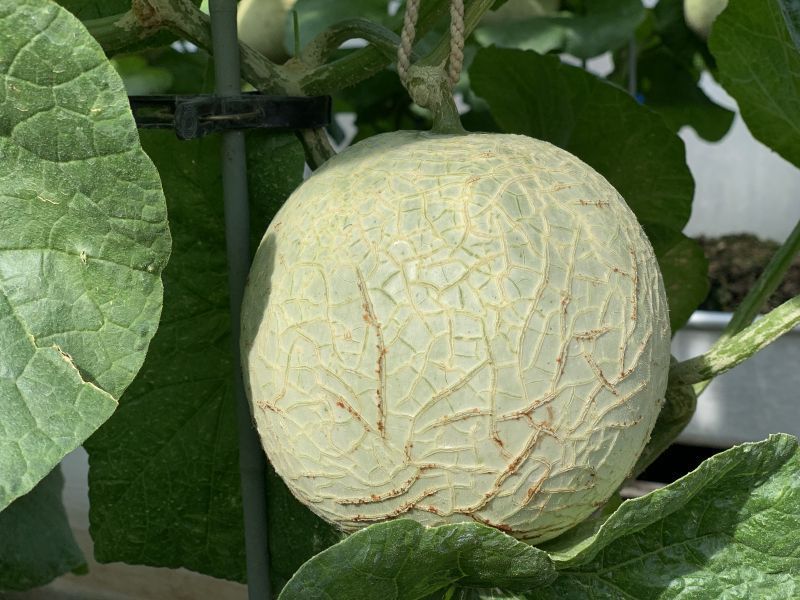
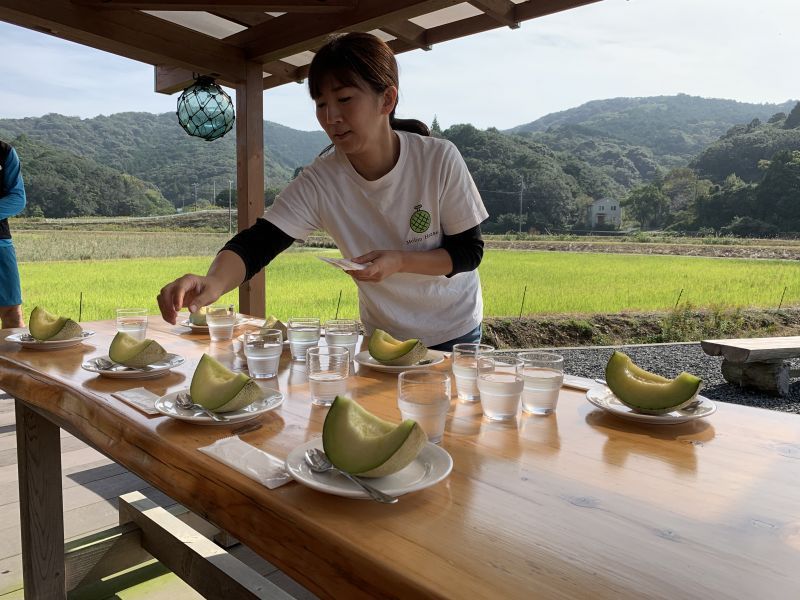
Mr. Kawaguchi explained that their melons are known for their smooth aftertaste with no bitterness. They produce over 10,000 melons per season! Wow!
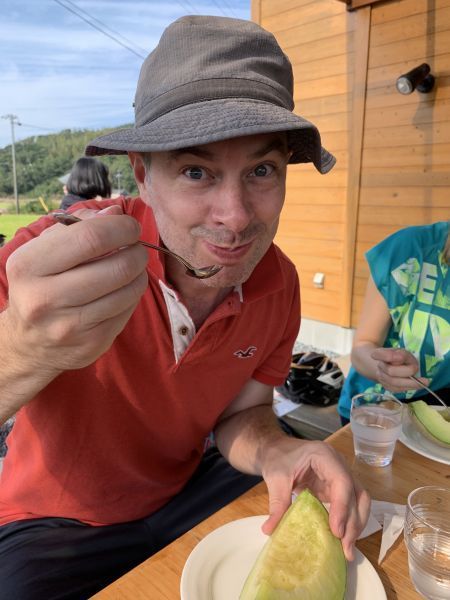
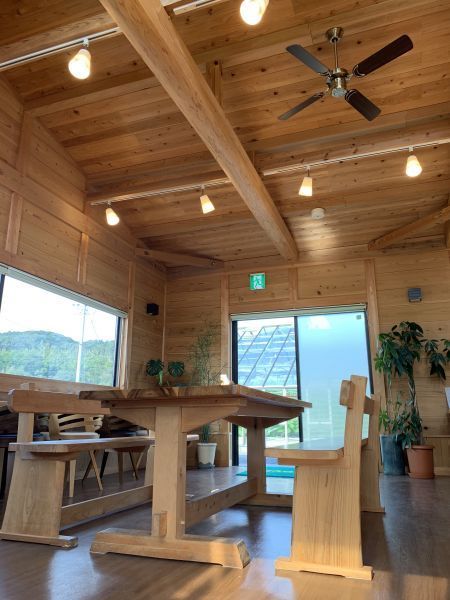
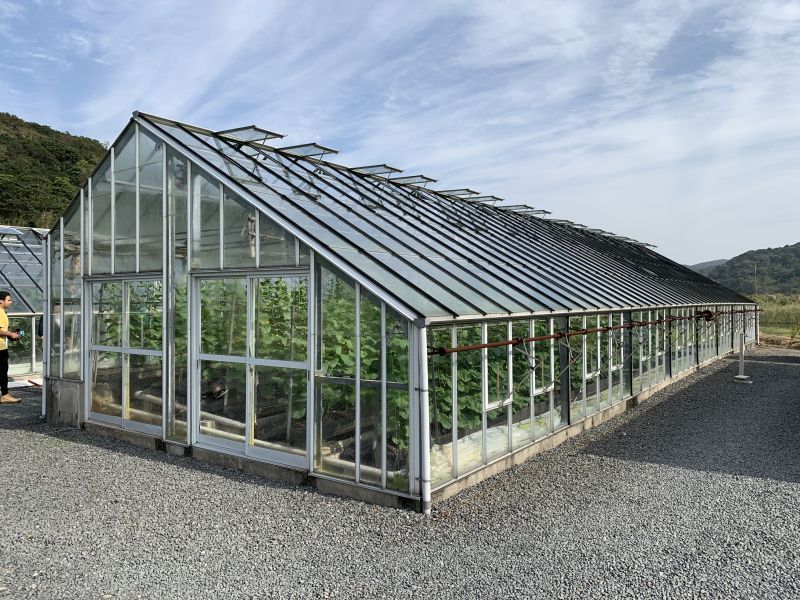
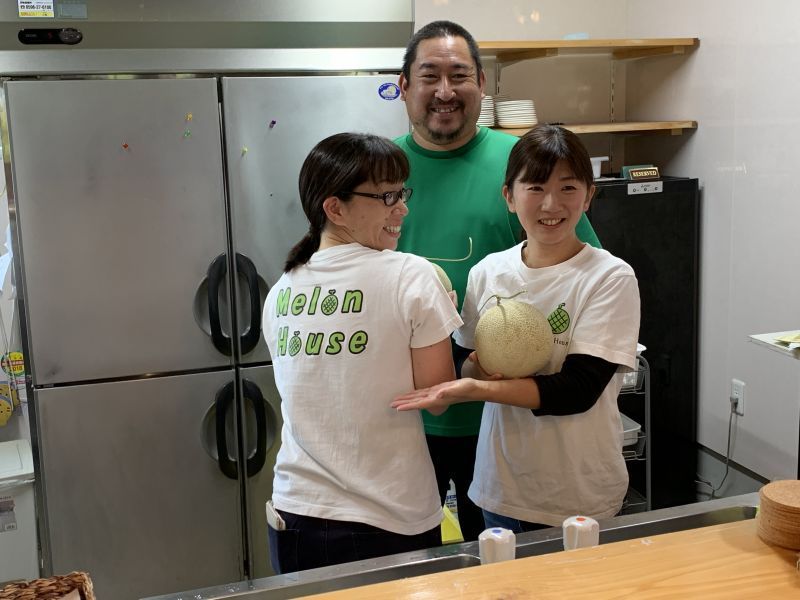
--------------------------
MELON HOUSE Kawaguchi
Operating hours 10:00 - 17:00 (last order: 16:30)
Closed on Wednesday (sometimes other as well)
Parking available on site
Melon picking: not available
Melons are available for sale and can be bought in a two-melon box.
“The melons grown here are not available anywhere else, and are grown from seeds. The flavor is refreshing and clean.” - Mr. Kawaguchi
--------------------------
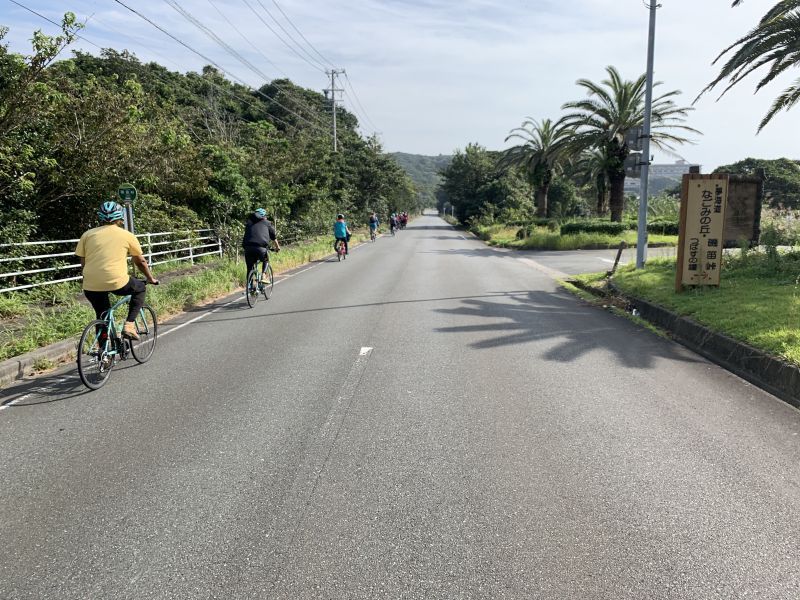
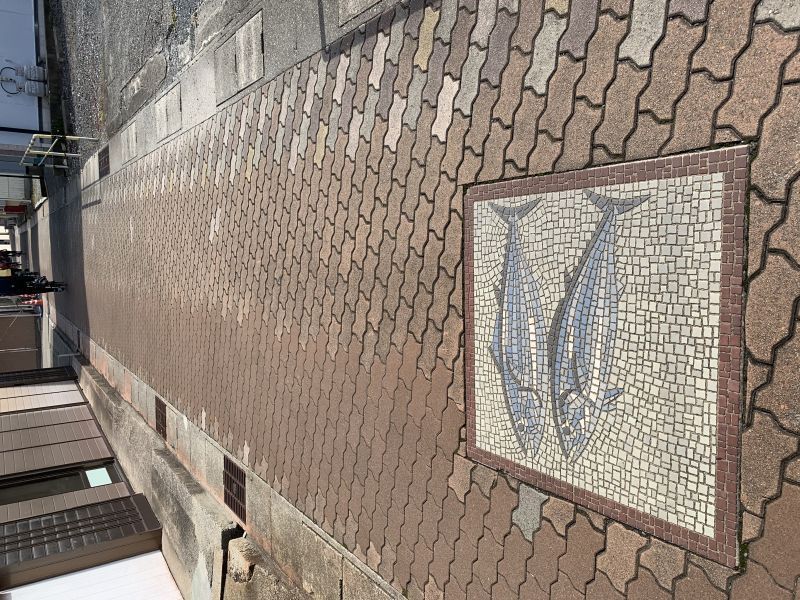
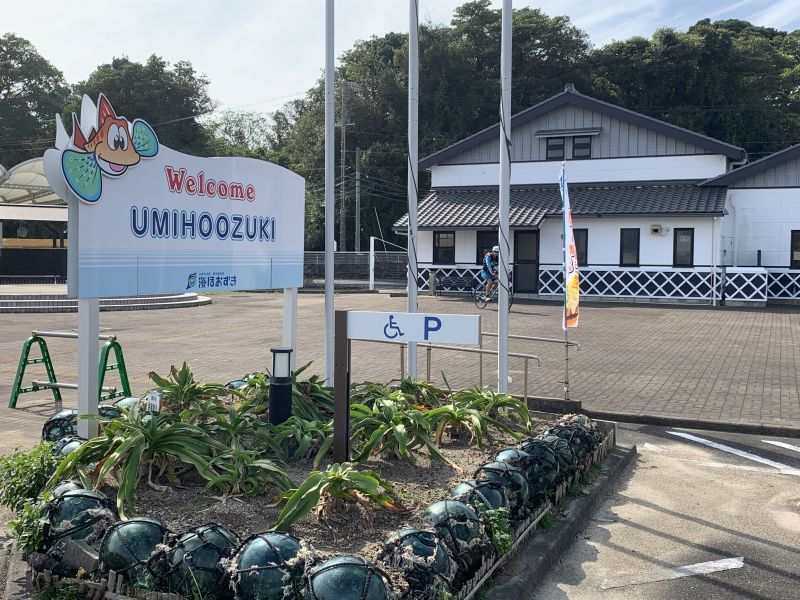
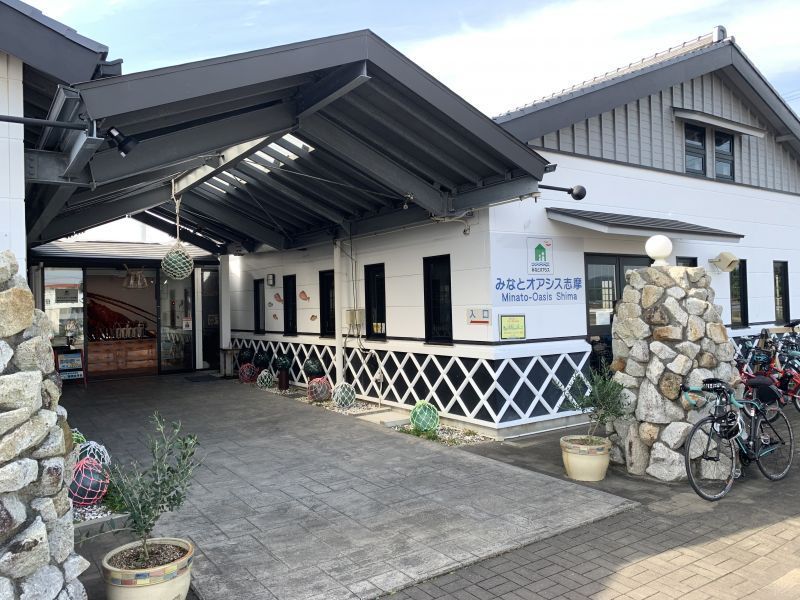
Colorful glass balls - originally buoys used for fishing nets - decorated the entrance to the building. Inside, we were greeted by a huge lobster statue, and the manager, Mr. Tanimizu. He explained about our experience here. First we would do some fishing. Then we would learn how to prepare the fish for drying. After that we would make a special Japanese dish for lunch. And finally, we would eat it all.
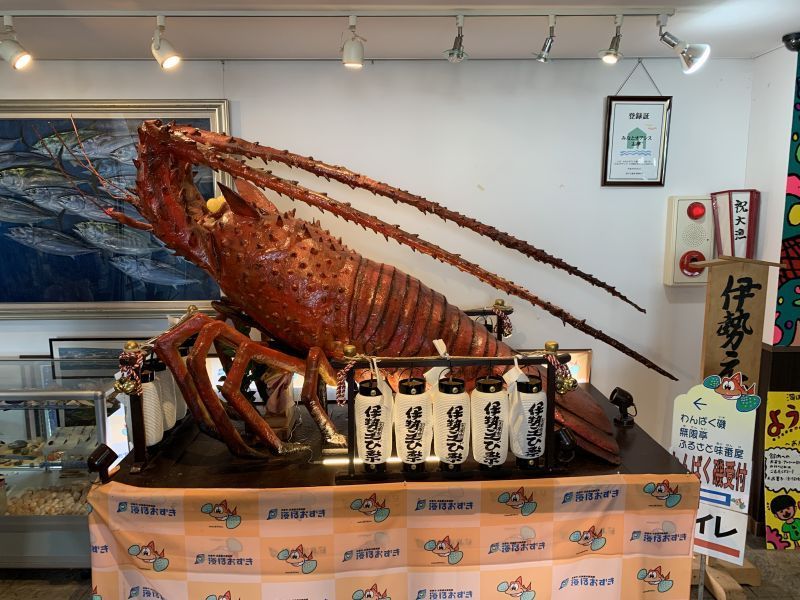
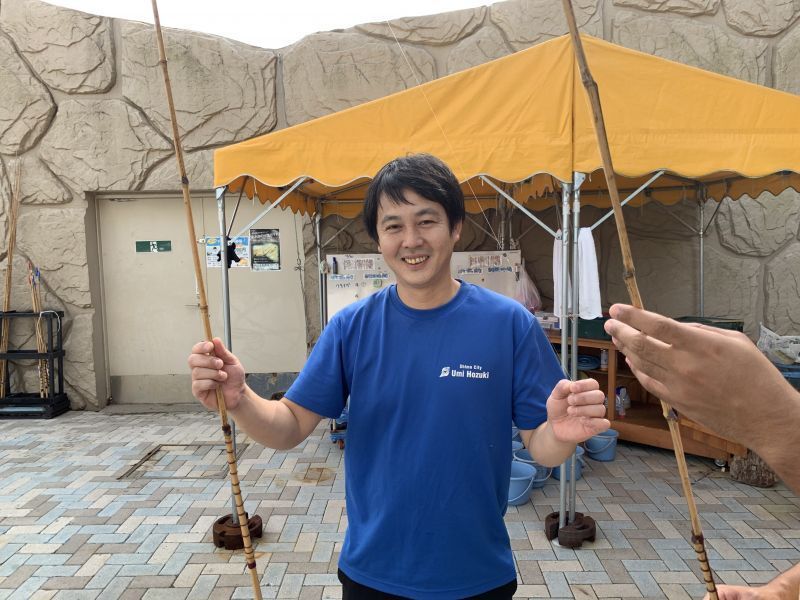
We moved out to the back of the main building where there was an outdoor fishing pond. A friendly guy, Mr. Suzuki, explained the system and helped us get our fishing rods set up with bait.
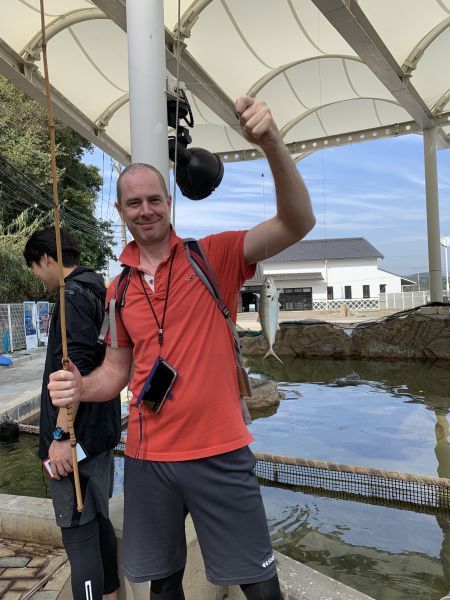
The mackerel were hungry and it took only a couple of seconds to get one on the hook. Staff was there to help remove the fish from the hooks, so it’s perfect for first timers. Fun and easy!
